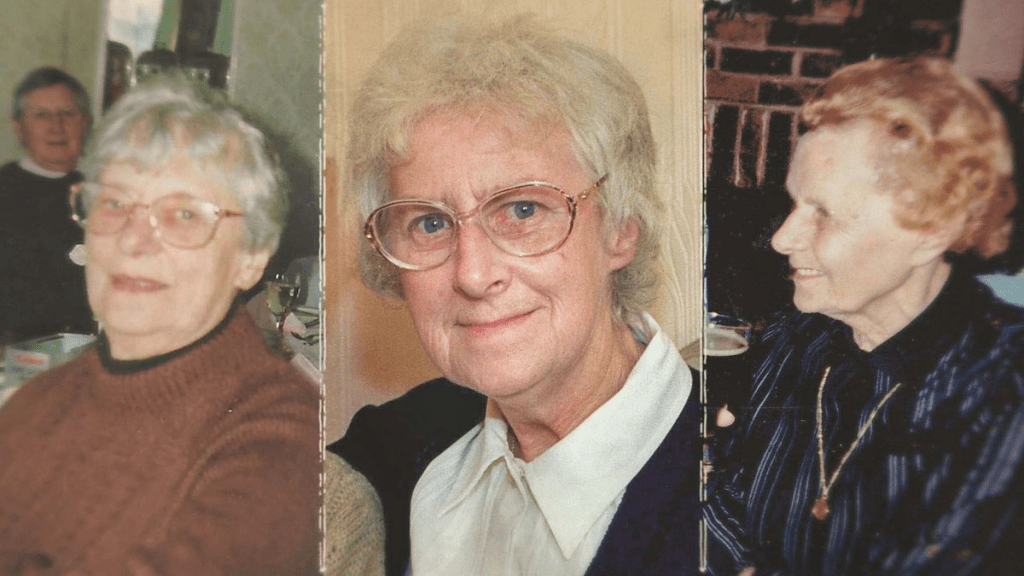Harold Shipman, a general practitioner by profession, is considered one of the UK’s most prolific serial killers. He carried out the killings by releasing abnormal amounts of diamorphine into the patients’ bodies. He then falsely registered their deaths and claimed that they were very ill. His claim that the deaths were indeed natural allowed him to continue the killings for more than two decades. He generally targeted the elderly female patients to kill.
Shipman was reportedly addicted to a painkiller called pethidine and was fired from work in Lancashire for forging prescriptions for it. He then moved to Hyde, Greater Manchester. He was treating a very large number of patients between 1977 and 1998. In 1998, a funeral home called Frank Massey and Sons, along with another general practitioner, reported their suspicions that Harold Shipman might be killing his patients. However, inadequate evidence caused the case to lead nowhere.
A couple of months later, Kathleen Grundy, a patient of Shipman, was found dead at her residence. Her daughter Angela suspected Shipman when she found her mother’s will promising £386,000 to him. The investigation also revealed that some amounts of heroin and morphine or diamorphine, had been released into Grundy’s body. The trial led to the confirmed revelation that Harold Shipman killed 15 elderly patients and forged Grundy’s will. After his imprisonment, investigators dug deeper into his history. They learned that Shipman’s murders were far more frequent than they had expected.
Although he was only convicted for the killing of 15 of his patients, his kill count is widely known to be much higher. In 2000, Harold Shipman was sentenced to life imprisonment.
How many people did Harold Shipman kill & how did he die?
Harold Shipman was found to have large amounts of diamorphine. It is estimated that he might have killed as many as 250 patients. While 15 were proven in court, oral accounts and other sources suggest that 15 is a tiny percentage of his total kills.
A taxi driver who frequently dropped off the elderly at Shipman claimed in 1998 that up to 21 elderly women he dropped off died despite arriving in decent health condition.
Harold Shipman, even after his arrest and conviction, denied his guilt and refused to cooperate with the authorities to establish facts about the killings. He avoided looking at evidence of guilt and shut his eyes every time any victims’ photos were presented to him. This denial and lack of confession from Shipman made it all the more difficult to confirm the number of kills or even assume an approximate number. Some believe that the count may even go up to 450.
Post-trial, Shipman was sentenced to lifetime imprisonment and was struck off by the General Medical Council. He was initially taken to the Manchester prison and moved to HMP Frankland in Durham. He was left to serve his sentence in Wakefield prison and he died by suicide in his cell in 2004.
The Shipman Files: A Very British Crime Story is a BBC documentary series that studies Harold Shipman’s crimes and how he managed to stay low for so long. The series aired on BBC Two in September 2020.










